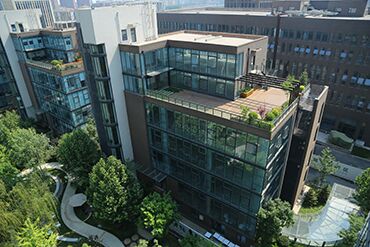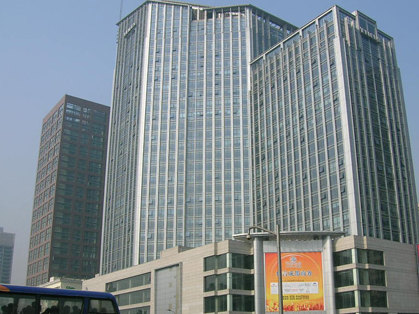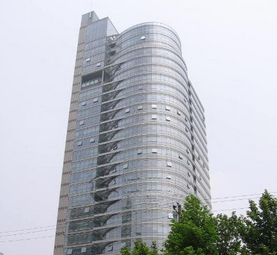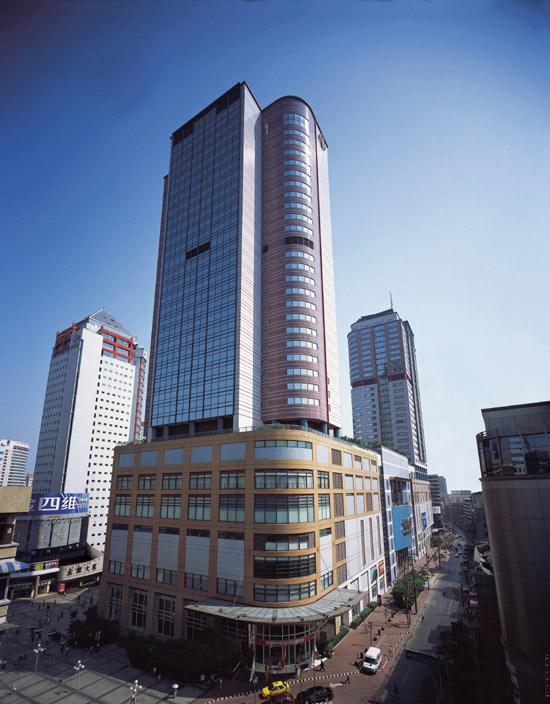Listen to part of a lecture in a geology class.
Last time we started to talk about glaciers and how these masses of ice form from crystallized snow.
And some of you were amazed at how huge some of these glaciers are.
Now even though it may be difficult to understand how a huge massive ice can move or flow, it's another word for it.
It's really known secret that glaciers flow because of gravity.
But how they flow, the way they flow needs some explaining.
Now the first type of glacier flow is called basal slip.
Basal slip or sliding, as it's often called, basically refers to the slipping or sliding of glacier across bedrock, actually across a thin layer of water on top of the bedrock.
Um, so, this process shouldn't be too hard to imagine.What happens is that the ice of the base of glacier is under a great deal of pressure,
the pressure coming from the weight of the overlying ice.
And you probably know that under pressure the melting temperature of water of the ice I mean, is reduced.
So ice at the base of the glacier melts, even though it's below zero degree Celsius.
And this results in a thin layer of water between the glacier and the ground, this layer of water reduces friction it's like a lubricant.
And it allows the glacier to slide or slip over the bedrock.
Ok, now the next type of movement we will talk about is called deformation.
You already know that ice is brittle.
If you hit it with hammer, it'll shatter like glass.
But ice is also plastic, it can change shape without breaking.
If you leave, for example, a bar of ice supported only at one end.
The end, the unsupported end will deform under its own weight, kind of flatten out at one end and get distorted,
deformed.......Think of deformation as a very slow oozing.Depending on the stresses on the glacier,
the ice crystal within it reorganize.
And during this reorganization, the ice crystals realign in a way that allows them to slide pass each other.
And so the glacier oozes down hill without any ice actually melting.
Now there are a couple of factors that affect the amount of deformation that takes place, or the speed of the glacier's movement.
For example, deformation is more likely to occur the thicker the ice is because of the gravity of the weight of the ice.
And temperature also plays a part here, in that cold ice does not move as easily as ice that is closer to the melting point.
In fact it's not too different from the way oil is, thicker at lower temperatures.
So,if you have the glacier in a slightly warmer region it will flow faster than the glacier in a cooler region.
OK, um, now I like to touch briefly on extension and compression.
Your textbook includes this has types as a particular type of glacier movement.
But you'll see that there are as many textbooks that omitted it as a type of movement as include it.
And I might not include it right now if it weren't in your textbook.
But um, basically, the upper parts of glaciers have less pressure on them.
So they don't deform easily, they tend to be more brittle.
And crevasses can form in this upper layers of the glacier, when the glacier comes to contact with bedrock walls or is otherwise under some kind of stress but can't deform quickly enough.
So the ice would expand or constrict.
And that can causes big fissures big cracks to form in the surface layers of ice.
And that brittle surface ice moving,is sometimes considered a type of glacier movement,depending on which source you are consulting.
Now as you probably know, glaciers generally move really slowly, but sometimes, they experience surges, and during these surges, in some places, they can move at speeds as high as 7,000 meters per year.
Now speeds like that are pretty unusual.
Hundreds of times faster than the regular movement of glaciers,but you can actually see glacier's move during the surges, though it is rare.

















 分享成功
分享成功

















草莓小菇凉:说的非常好,十分有道理,棒棒棒!
06-08 15:44:55